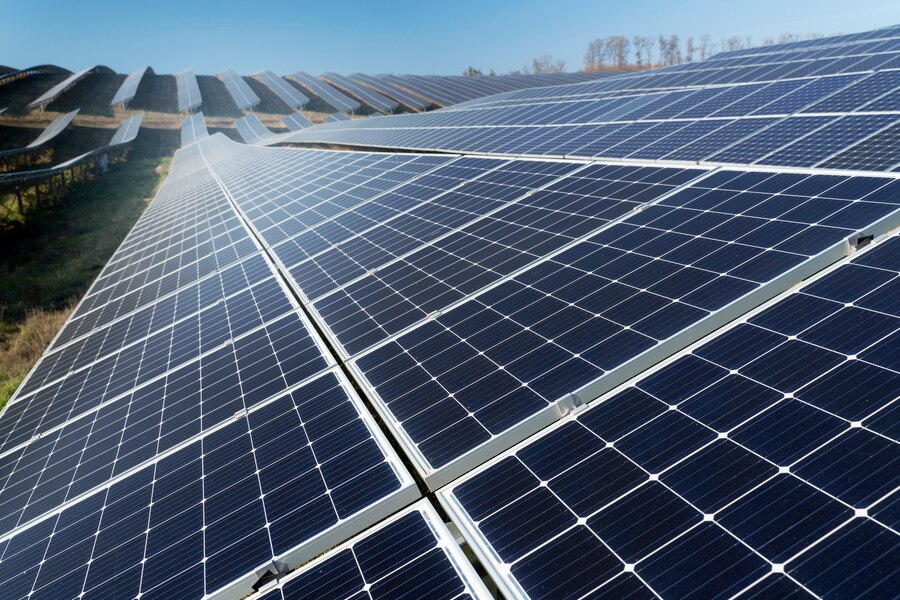Europe could avoid an extra €169 billion annually by including biomass in the energy system, according to a new study published in Nature Energy.
This value is comparable to European defence expenses. It is also twice as much as the cost of excluding solar power and similar to the cost of excluding wind power, the study highlighted.
“One thing that surprised us was how quickly it becomes very expensive if we reduce the availability of biomass in the energy system, due to the high costs of alternatives,” Markus Millinger, senior researcher from Rise Research Institutes of Sweden, said in a statement.
Biomass is a renewable energy source originating from forestry and agriculture (such as trees and plants), from waste and residues of biological origin as well as the biodegradable fraction of waste. It can be used for heating, electricity generation, and the production of transport fuels like the aviation and marine sectors. The carbon released in the process can be captured and stored underground or used for a different purpose.
Currently, EU policy increasingly prioritises the biomass usage to energy applications where other alternatives are difficult to find or considered too costly due to concerns about possible environmental impacts and competition with the food sector.
The 2023 European Union bioenergy sustainability report finds that biomass for energy (bioenergy) accounted for about 59 per cent of the renewable energy consumption in 2021, with Germany emerging as the top producer of solid biomass.
The EU requires that biomass originating from primary and old growth forests, highly biodiverse forests and grassland, heathland, certain land with high carbon stock, and peatland not be counted towards the renewables targets and receive subsidies.
The study looks at how the European Union and United Kingdom can meet their targets of net-zero greenhouse gas (GHG) emissions for all sectors to comply with the Paris Agreement goals.
So, it analysed what the future European energy system could look like — including electricity, heating, industry and transport.
Their modelling study calculated the cost-optimal solution for the net-negative scenario. A carbon negative scenario means a company, sector or country removes more CO2 from the atmosphere than it emits. It found that wind would contribute 54 per cent, solar photovoltaics 40 per cent and hydropower 5 per cent supply, making up 99 per cent of the whole electricity demand at 9,250 terra-watt hours — almost three times the electricity demand in 2021.
It states that biomass will primarily complement the supply of fuels and chemicals for industry, aviation and shipping. But a small share will supply electricity.
The total annual system cost, the study found, amounts to €822 billion. If Europe continues in the current trajectory of biomass use, the system cost ends up roughly 5 per cent higher than without restrictions.
And if Europe restricts all biomass (except mandatory incineration of municipal solid waste), the energy costs could increase by 20 per cent or an additional cost of €169 billion annually.
“But the financial part is perhaps not the largest problem,” Millinger explained, adding that the bigger challenge is scaling up the alternatives like fossil-free energy to the extent needed. “Further restrictions on the supply of biomass would make the energy transition very difficult, as even larger amounts of other types of fossil-free energy would be needed,” the expert noted.
Biomass can supply energy while also simultaneously enabling negative emissions or replace fossil raw materials, the study pointed out. Negative emissions occur when the amount of greenhouse gases removed from the atmosphere exceeds the amount emitted.
Göran Berndes, co-author of the study and professor of Biomass and land use at Chalmers University of Technology said, “Given that the climate transition is expected to increase the pressure on forests and agricultural land, it is important that there are regulatory systems that lead the development in a positive direction.”
















